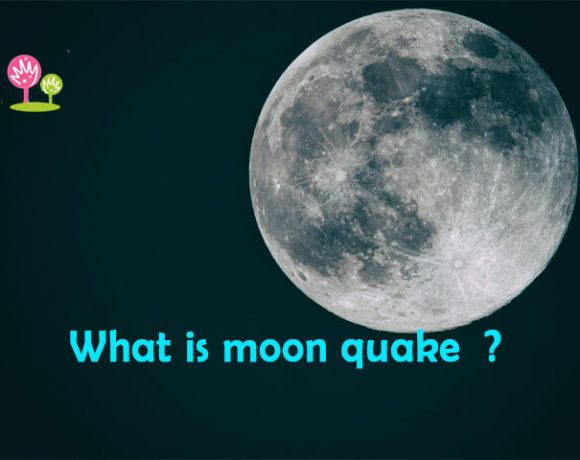Which is the shortest possible unit of time ?

Time travel movies often make for the most mind-numbing sci-fi films with paradoxes aplenty. But it’s those confusing temporal gymnastics that make them so fun. We’ve rounded up our favorites, from classic films like Back to the Future and Bill and Ted’s Excellent Adventure to more recent flicks like Arrival and Interstellar, which left our minds tangled in knots. There are so many movies which tells about the fluidity of time. Time is equal for everyone but “Timing” is different. Here we discuss some mindblowing facts about time.
What Is Time ?
Time is the indefinite continued progress of existence and events that occur in an apparently irreversible succession from the past, through the present, into the future. It is a component quantity of various measurements used to sequence events, to compare the duration of events or the intervals between them, and to quantify rates of change of quantities in material reality or in the conscious experience. Time is often referred to as a fourth dimension, along with three spatial dimensions.
Time has long been an important subject of study in religion, philosophy, and science, but defining it in a manner applicable to all fields without circularity has consistently eluded scholars. Nevertheless, diverse fields such as business, industry, sports, the sciences, and the performing arts all incorporate some notion of time into their respective measuring systems.
The concept of time is self-evident. An hour consists of a certain number of minutes, a day of hours and a year of days. But we rarely think about the fundamental nature of time.
Time is passing non-stop, and we follow it with clocks and calendars. Yet we cannot study it with a microscope or experiment with it. And it still keeps passing. We just cannot say what exactly happens when time passes.
Time is represented through change, such as the circular motion of the moon around Earth. The passing of time is indeed closely connected to the concept of space.
According to the general theory of relativity, space, or the universe, emerged in the Big Bang some 13.7 billion years ago. Before that, all matter was packed into an extremely tiny dot. That dot also contained the matter that later came to be the sun, the earth and the moon — the heavenly bodies that tell us about the passing of time. Before the Big Bang, there was no space or time.
Amazing facts about time
• As far as we know, time began with the formation of the universe in the instant of the Big Bang 13.7 billion years ago.
• Our Sun is about five billion years old. The Earth is estimated to be 4,540,000,000 years old.
• Earth was created on the evening of Saturday, October 22, 4004BC, according to James Usher the 17th Century Archbishop of Armagh who came to this conclusion by adding up the family histories mentioned in the Bible – such as Adam, Eve, Cain and Abel.
• The oldest rocks yet discovered on Earth are crystals of zircon from Western Australia, which are more than 4.4 billion years old.
• Between 1929 and 1940 the Soviet Union changed the length of the week three times. In 1930 Stalin abolished weekends to fulfil work quotas. In 1931 it went to a six-day week and back to a seven-day week in 1940.
• In the International Fixed Calendar, invented by Englishman Moses Bruine Cotworth in 1859, there are 13 months – with the extra month called Sol.
• In 1836 John Belville began to sell time. He set his pocket watch at the Greenwich Observatory where he worked every morning and would sell the precise time to clients in the City. The family business went on until 1940.
• Mice normally live to a maximum of three years of age, chickens to 10, cats to 21, horses to 40, goldfish to 49, elephants to 70, giant tortoises to 150 and whales to 200.
• A nanosecond is one billionth of a second… a long time compared to the femtosecond, the attosecond and the shortest possible unit of time – known as Planck time.
• The Julian calendar assumed a year is exactly 365.25 days – about 10 and three quarter minutes too long. By 1582, it was 10 days out of sync, so Pope Gregory XIII decreed that 10 days should be lost to put things right.
• Rock beneath Niagara Falls is worn away at a rate of about a metre a year by the flow of water from Lake Erie 165ft above.
• When the railways first reached Bristol trains seemed to leave 11 minutes early. The problem was the drivers had come from London, 200 miles west, where sunrise is 11 minutes earlier. The only sensible solution, applied in 1940, was for all UK trains to use London time or “railway time”.
• Beans, peas and tomatoes are said to grow best if planted in the second week after the new moon.
• Count the seconds between seeing a flash and hearing thunder. Three seconds’ delay means the lightning strike is 0.6 miles away.
• Hummingbirds beat their wings 90 times a second when they are hovering. Flies can beat theirs more than 1,000 times a second.
• Legend says the first Roman calendar came from Romulus, who was raised by wolves with twin brother Remus and founded Rome in 735BC. He was keen on the number 10, so his years had only 10 months.
• At Julius Caesar’s command in 46BC two new months were introduced – July named after him and August after his successor Augustus. This Julian calendar also had leap years.
• Easter is the first Sunday after the first full moon after the spring equinox.
• If Earth were compressed into 24 hours then the first humans would appear just 40 seconds before midnight.
• Bristlecone pines are the oldest single organisms on Earth. Some have lived more than 5,000 years.
• What you think of as a day – how long it takes the Earth to rotate – isn’t 24 hours. It’s 23 hours, 56 minutes and 4.2 seconds.
• Countries have experimented with changing how we measure time – for example, the Soviet Union tried to enforce five and six-day weeks between 1929 and 1931 (which not surprisingly failed and led to the seven-day week being reinstated in 1940), while France attempted to introduce a 10-hour clock after the French Revolution.
• Out of all the OECD countries, Mexico works the longest hours, followed by South Korea and Greece.
• On the flip side, a number of companies in Sweden are offering six-hour workdays, with the aim of encouraging people to get more done in a shorter amount of time.
• According to recent survey of 1,005 U.S.-based full-time workers, the three most common ways people spend time at work not working are taking breaks, going to the bathroom, and gossiping with co-workers.
• comScore’s 2015 U.S. mobile app report reported that the average user spends a little less than 3.5 hours a month on mobile apps, and roughly 80 percent of that time is focused on the user’s top three apps.
• Worldwide, the median number of paid vacation time available to workers is under 25 days a year. Collectively, workers leave about 20 percent of this time off unused.
• Replicon found that in the 12 months leading to June 2015, December was the busiest month for vacation time across its worldwide customer base, followed by November and May. In contrast, June had the lowest percentage of vacation time, followed by April and October.
• Everyone says “time flies when you’re having fun,” but a study showed that people felt like time passed more slowly when listening to music they enjoyed more – most likely because people pay more attention to things they enjoy, which causes a slowdown in time perception.
• Like all good things, will time come to an end? The theory of relativity suggests that the universe will expand infinitely, however some theoretical physicists predict that time will end within the next four billion years.
















